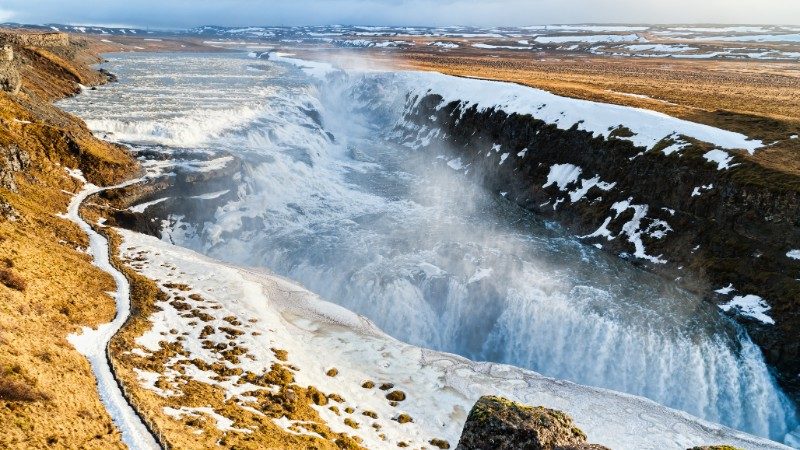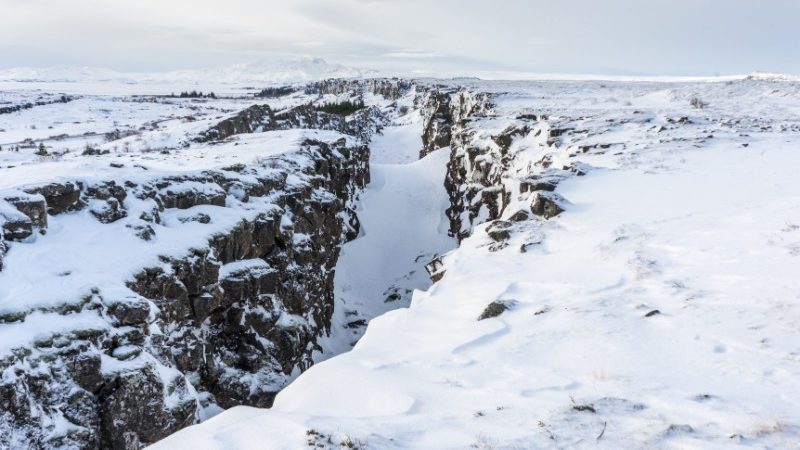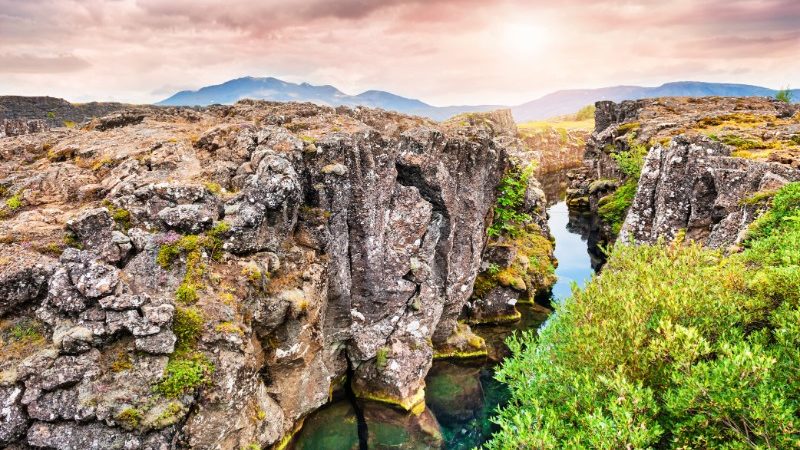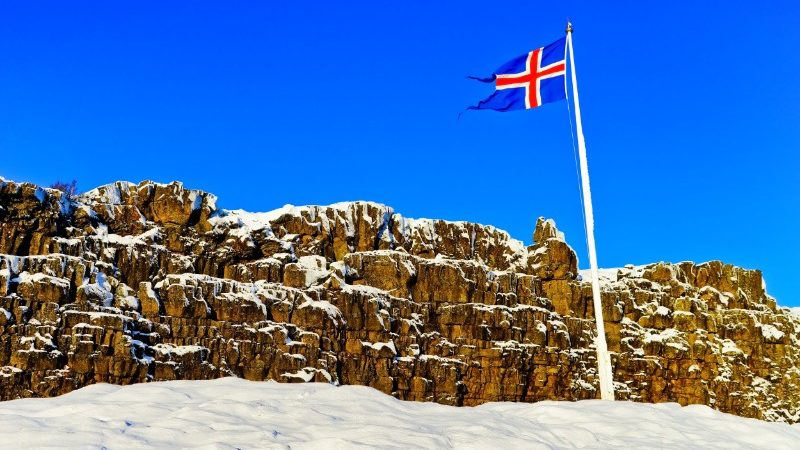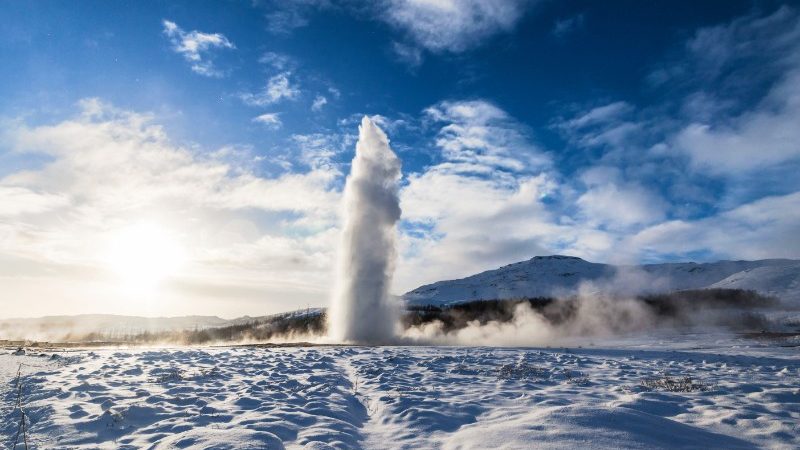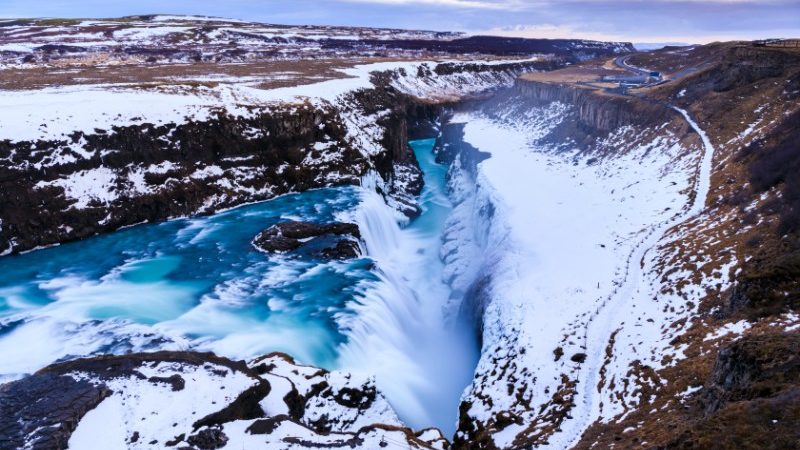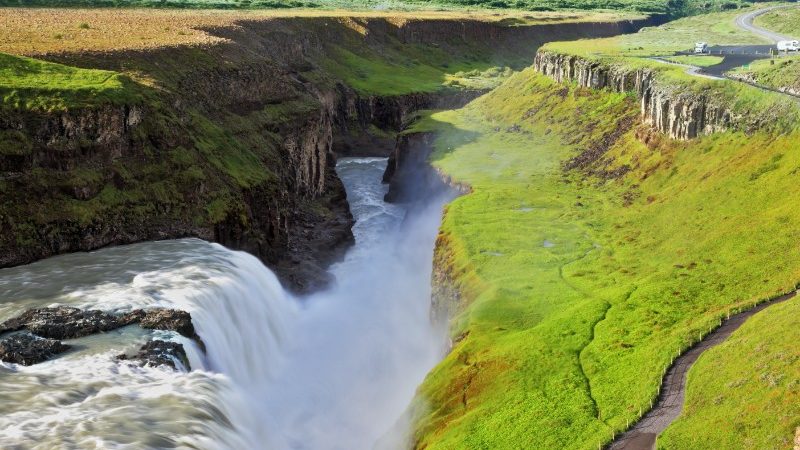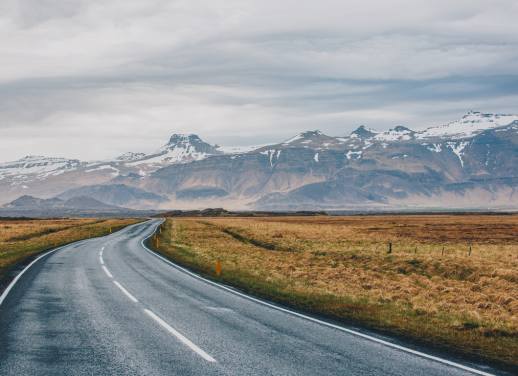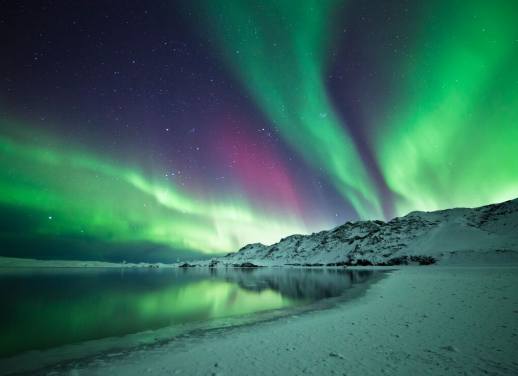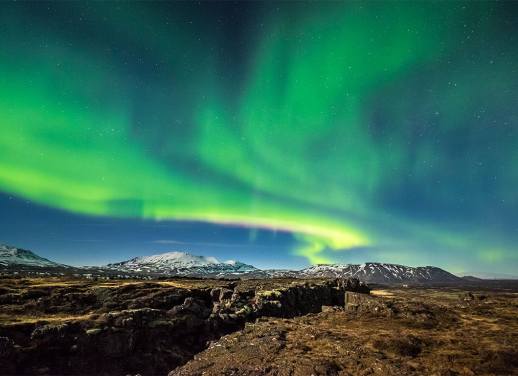Travel to Iceland is booming. According to data from the Iceland tourist board, 1.7 million tourists visited the island in 2016, contributing almost 360 billion króna to the economy.
And despite temperatures plummeting to below zero and daylight hours maxing out at five hours, figures show Iceland’s winter is only slightly less popular than its summer.
A major reason for this year-round popularity is that Iceland completely transforms every six months. Rolling green hills and jet black lava fields in the summer become surreal plains of snow and ice in the winter. Its landscape, its activities and its people flourish in the harsh weather, creating a series of opportunities unique to just a few months of the year.
The best vantage point for witnessing these seasonal extremes might be the Golden Circle. Easily accessible from Reykjavik in both winter and summer, the Golden Circle is a major tourist route that strings together some of the country’s most iconic sights, from the sprawling Thingvellir National Park to the thundering Gullfoss waterfall and the Great Geysir’s steaming spout.
EXPLORE ICELAND ON A 6-DAY NORTHERN LIGHTS ESCAPE
Thingvellir National Park
This park sits in the rift valley of the Mid-Atlantic Ridge, which separates the North American and Eurasian tectonic plates. In summer, the park’s vibrant green fields are broken by freshwater streams that wind along the Ridge’s many faults and fissures. The most dramatic of these fissures is Silfra, which borders the Thingvallavatn Lake and offers scuba divers an opportunity to literally touch two continents at the same time. In winter, the park becomes a field of blinding white snow. Winding streams become icy veins and the sizable Thingvallavatn Lake itself becomes partially frozen.
An essential detour in either season is the site of Iceland’s first parliament, Althing, which is often credited as the oldest parliament in the world. Its first session was held sometime in 930AD around a particular rock named (fairly appropriately) Law Rock. Without context, this would just be another rock in the national park’s considerably rocky landscape. However, the park’s operators have graciously planted a lonely Icelandic flag at its location, so you can easily seek it out on your way through the park.
Sunrise and sunset mark Thingvellir’s peak hours, so be prepared to huddle together with the throngs of other travellers on the park’s major lookout point, shuffling to the edge for the perfect snap.
RELATED: 7 REASONS TO CONSIDER A WINTER TRIP TO ICELAND
The Great Geysir
The Great Geysir was the first geyser discovered by Europeans; its earliest descriptions date back to the 13th century. At its peak, it was known to propel boiling water some 70 metres into the air but, nowadays, an eruption at Geysir is a rarity. Earthquakes, nearby construction work and a short-lived habit of pumping soap into its channels have caused some activity, but there’s just no indication of when, or if, it might return to its former glory.
Luckily enough, Geysir has a lively, if slightly less impressive, neighbour named Strokkur. Strokkur erupts with reliable regularity, spouting boiling water up to 40 metres into the air every 10 minutes.
On a clear day, summer provides the perfect viewing conditions for an eruption. Winter, on the other hand, gives you a real sense of the immense heat churning mere metres below your feet. Just watch how easily the boiling water carves its way through the snow and ice.
RELATED: 6 EXPERIENCES EVERY TRAVELLER SHOULD HAVE IN ICELAND
Gullfoss Waterfall
The Ölfusá River is Iceland’s largest by volume, carrying more water to the Atlantic than any other river in the country. That might be hard to visualise, unless you visit Gullfoss, or Golden Falls, and watch the Ölfusá thunder some 30 metres down to a valley floor.
In the early 20th century, the land’s owners floated the idea of selling the falls to foreign investors, who wanted to harness the immense energy of Gullfoss to generate electricity. Luckily for us (and Iceland’s tourist trade in general), those plans fell through, and the state ended up buying the land and turning it into a protected site.
In summer, the river is flanked by Iceland’s iconic rocky fields, with Gullfoss appearing suddenly in the landscape and plunging out of sight. But, as winter rolls in, those fields become flat white sheets and the falls themselves form icy chunks at the edges.
Iceland’s Golden Circle turns on the charm at any time of year. Check it out on a small group adventure in Iceland with Intrepid.
Feature image by Evocation Images, Shutterstock

